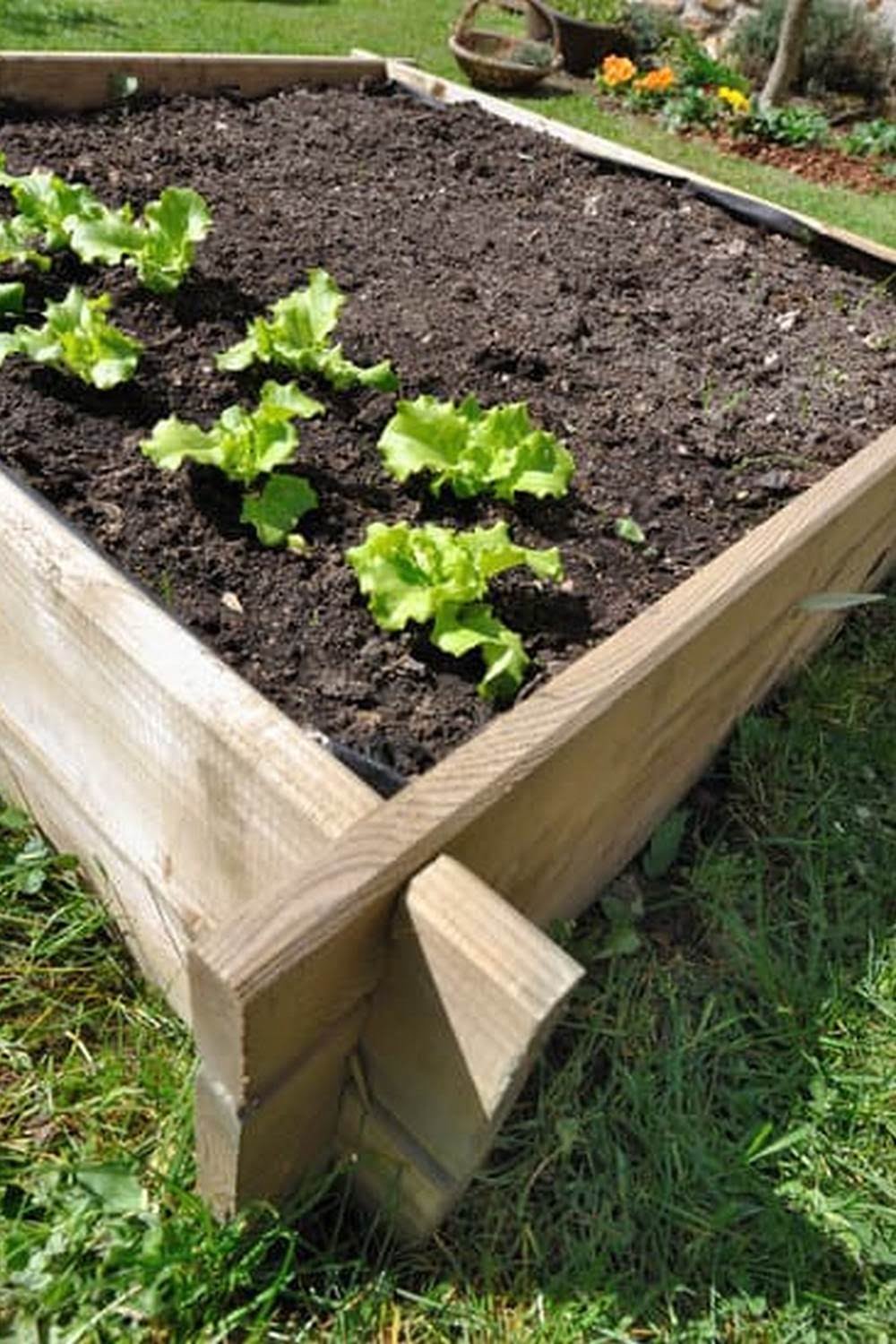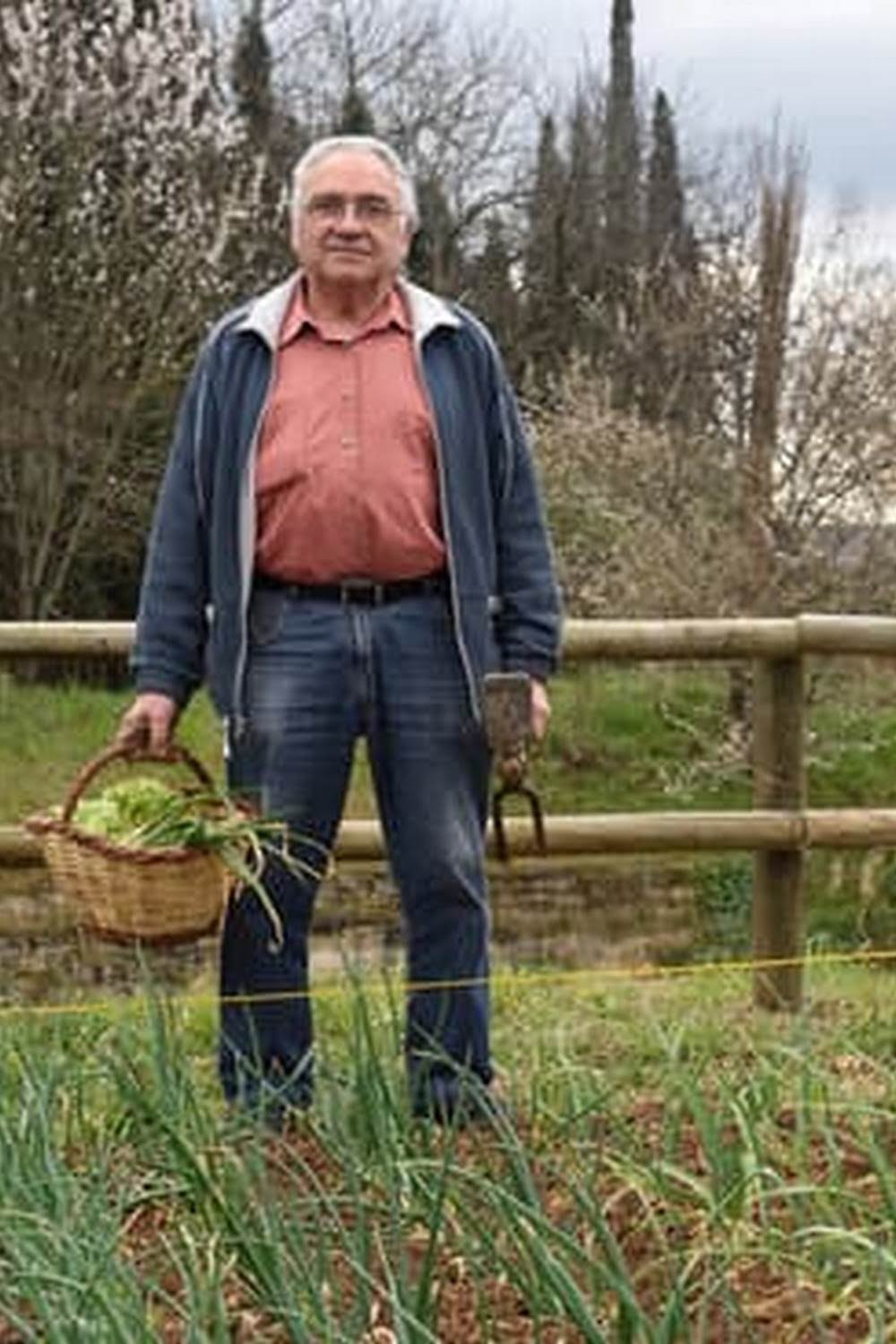Introduction
Creating a great vegetable garden layout is an enjoyable and rewarding experience, as it provides you with the opportunity to make your garden look beautiful while growing vegetables for yourself, family members, and friends. Aesthetically pleasing vegetable garden layouts require careful consideration of the types of vegetables that are being planted, the design of the space you have to work with, and your personal preferences.
When planning how to lay out your vegetable garden, take into account factors such as sunlight needs and soil quality. Knowing which vegetables need full sun or partial shade will help you determine the best position for them in relation to any existing structures in your yard. The soil quality can also be a factor in how well certain plants will grow in a particular area. Additionally, group together plants that share similar cultural requirements in order to create ideal growing environments. For a more attractive look, add curves and shapes by mixing different plant heights; layer taller plants at the back of beds or on sloped areas for dramatic effects.
Adding different colors, textures and foliage patterns to your vegetable garden layout can create an eye-catching display while providing additional benefits such as cover for ground layers (mulch) or companion planting. You may wish to add flowers amongst some of your vegetables; annuals can provide brighter spots of color while perennials will bring lasting variety season by season. Pots can also be used if space is limited; herbs grown this way often look great and don’t take up too much room either!
Finally, organizing all these elements into a cohesive arrangement that reflects each individual’s personal style should be considered in order to create an aesthetically pleasing vegetable garden layout worth admiring! Depending on where it is located within the landscape, incorporating pathways for easy access may be necessary too—not just making looking around easier but also simplifying ongoing maintenance too! Adding decorations like trellises or sculptures can enhance visual aesthetics even more; matching benches or chairs let you relax amongst stunning views!
The Basics
Creating an aesthetically pleasing vegetable garden layout requires planning and forethought. Before grabbing a shovel and planting your first crop, there are several steps that need to be taken in order to ensure success. First and foremost, you should select an area of your yard or land where the soil is most suitable for gardening. Next, measure the dimensions of the space so that you can accurately draw up a design layout. When planning out your garden, consider adding sections like raised beds, pathways, water features, or seating areas. Creating multi-level beds allows for easy access and separation between seedlings and plants as they mature. Additionally, by mapping out pathways between different sections of the garden, you can create a design which is both beautiful and functional for harvesting crops and avoiding root damage from walking through them. Finally, choosing decorative pieces such as birdbaths or small sculptures can further enhance the aesthetic of your vegetable garden layout while providing a visually pleasing backdrop for gardening activities. Ultimately these steps will help ensure that your vegetable garden layout stands out among others in terms of beauty and functionality.
Get Creative
When planning out your aesthetically pleasing vegetable garden layout, don’t be afraid to think outside the box. Get creative by researching inspirational ideas that can provide you with a unique garden design. For starters, consider using curves and winding pathways when laying out your garden. This technique adds a soft look to the garden and can give it a more natural feeling. If you have limited space in your yard, instead of rows, use raised beds or container gardens for an accessible look. To make the most of vertical space, build trellises for climbing vegetables such as peas and beans. Label each section of plants clearly so you know which vegetables are where without having to search for them through foliage. Finally, add color with flowering plants as well as ornamental features like benches and sculptures to really make your garden stand out from the rest!
Invite Color
You can add a vibrant touch to your aesthetically pleasing vegetable garden layout by introducing floral accents into the design. A combination of colorful annuals, perennials and biennials can be planted strategically around the vegetables to create an attractive and lively contrast between the commonly green hues. For example, in sunny locations Calendula blooms in shades of yellow and orange while Sedums offer beautiful purplish-pink blossoms. Consider adding Coneflowers and Yarrows for bold greens, blues, oranges and yellows that pollinators love. Shrubs like Japanese Barberry, Red Dogwood and Lilacs are great additions to compliment any vegetable garden’s perimeter as they can serve as fences or offer more privacy while providing an array of eye-catching colors. The possibilities are limitless in creating a truly unique space with these flowers! However, not all varieties thrive well in vegetable gardens so it is best to do some research when considering what species would be best for that particular area before committing to any specific plants.
Incorporate Shape
A vegetable garden can be an area of great beauty as well as providing a harvest of delicious and healthy produce. To create a pleasing layout, it pays to think about incorporating shapes. Consider planning paths or borders around the vegetables to add visual interest. Paths don’t have to be straight – they can wind around vegetables or be curvy or even spiral. Borders can be created by grouping vegetables together in beds raised up off the ground, or use edging such as logs, rocks, bricks, pavers, or decorative metal edging. Making use of different colors and textures will help bring your vegetable garden to life and make it look more attractive. For example, one bed could feature green leafy vegetables against another containing vibrant-colored tomatoes; plant herbs of different colors and shapes along walkways for maximum impact; large patches of certain veggies grouped together are also effective. Additionally, paying attention to movement – via bird baths, water features and gently flowing curtains is key for brightening up your space – the sound of bubbling water helps make for a truly serene atmosphere!
Extension of Your Home
The design of your vegetable garden should synchronize with the look of your home. Choose planting beds and form them in patterns that match the aesthetics of your home’s exterior design. For example, opt for a curved border surrounding the vegetable bed, if your home has curved corners or an arched doorway. If your home is adorned with columns, add one to each corner of the vegetable garden for a symmetrical, uniform look that complements the architecture at all angles.
Aside from shapes and structures that complement the look of your home’s exterior design, consider choosing vegetation to match your color scheme. This is especially important when it comes to flowers or small shrubs you may use as edging along pathways or borders in your garden beds. Selecting colorful flowers in blues and purples can soften lively shades of green found in vegetables while still adhering to the overall color palette of your home’s outer walls or trimming. Finally, consider adding texture to enhance visual interest by choosing vegetables with different shapes and sizes such as round pumpkins interacting with long Italian eggplants. These subtle differences help create a sense of depth within a well-planned landscape design.
Lighting Up the Garden
Lighting can be a great way to create an aesthetically pleasing vegetable garden layout. Consider adding string lights or solar fairy lights along pathways, borders, and trellises; this will bring a pleasant, magical aura to the space that can help to offset darkness after dusk. Alternatively, you might choose hanging lights or landscape lighting tucked into corners and edges of your garden beds which will draw attention to plants with their colored glows. Plus, these additional sources of light will help illuminate the area when working on projects in the evening. Moreover, decorative floodlights are also available for larger gardens as well as more high-end venues; these offer more focused illumination for particular areas in need of direct light. Ultimately, no matter your style preference, there are plenty of lighting solutions available to make your vegetable garden aesthetically pleasing.
The Finishing Touch
A vegetable garden with a great layout is an attractive addition to any property. However, if the aesthetic of your garden is important to you, it will take more than artful design to maintain its beauty. It’s important to keep up with regular maintenance throughout the growing season to ensure your garden remains neat and orderly. Here are some tips for keeping your aesthetically pleasing vegetable garden layout looking great all year round:
1. Keep weeds at bay– Weeds can quickly take over in a garden if they are not addressed early on. Add mulch or use weed barrier cloth beneath plants to help reduce the amount of weeding needed throughout the season.
2. Prune and trim plants– To keep your garden neat and tidy, prune and trim vegetation regularly. This helps assure that plants don’t grow out of proportion and reduces potential overcrowding as well as pest infestations.
3. Water properly– While overwatering can cause fungal growth, underwatering can leave plants wilted or even dead due to lack of hydration. Monitor plants closely for signs of discoloration or droopiness as this may indicate need for water; overall consistency is key here!
4. Control pests naturally – Pests such as aphids or caterpillars may threaten the health of your plants; luckily there are plenty of easy-to-use natural solutions available for eliminating these unwelcome visitors safely and effectively without damage to the environment or your lovely layout!
5 .Check soil pH– Healthy soil leads to healthy plant growth so periodically check the pH level with a kit from a local gardening store; if it’s too high add sulfur while low levels can be balanced out with limestone and organic matter such as compost or manure!

If you’re looking to get into vegetable gardening, or are just looking for some tips on how to make your current garden better, then you’ve come to the right place! My name is Ethel and I have been gardening for years. In this blog, I’m going to share with you some of my best tips on how to create a successful vegetable garden.





